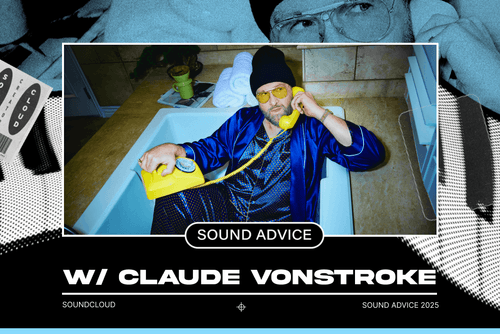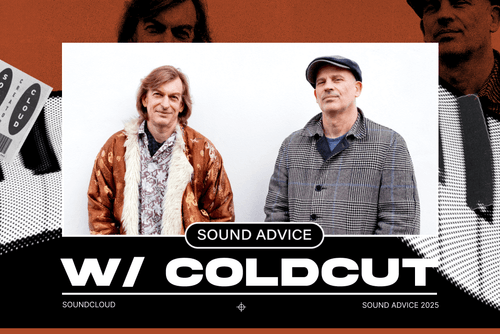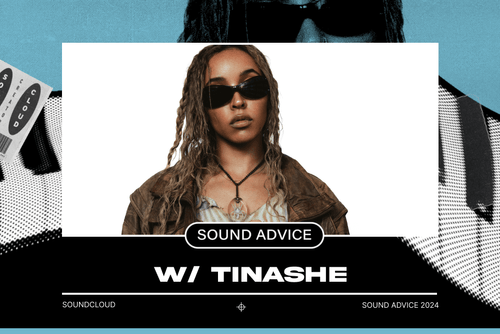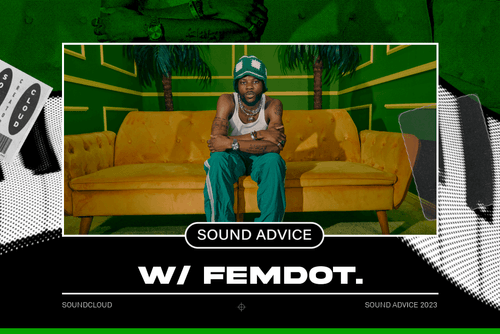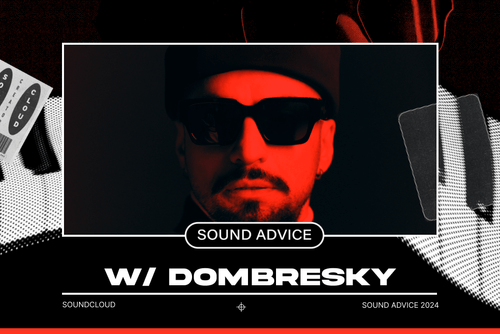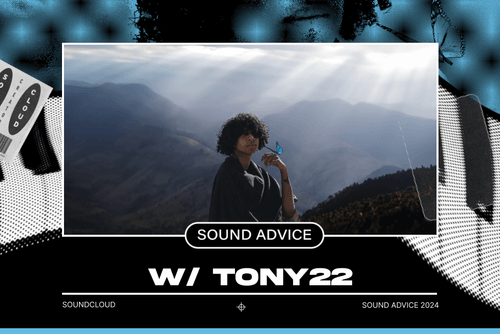The SoCal indie artist and foogaze originator offers tips for using SoundCloud as a tool for finding your sound.
Welcome to Sound Advice, the weekly interview series spotlighting artists’ creative process and their SoundCloud journey. We’ll get the inside knowledge straight from the source on how musicians, producers and creatives are leaning into the many facets of Next Pro to reach their audience and grow their careers.
Captivated by the ethereal, nostalgia-evoking sounds of the expansive post-punk scene in the late ‘80s and early ‘90s, Erick Estrada is a self-taught musician who uses the descriptor #foogaze as a way to help rally others drawn to the same influences, both culturally and musically.
As a Guatemalan-American teenager from the South Bay of Los Angeles, Estrada realized early on that the music he loved put him out of the mainstream, explaining, “As Latinos growing up, we were called ‘rocker foos’ for liking music that was different.” Instead of letting this deter him, Estrada continued to dive deeper into discovering subgenres like shoegaze, darkwave, dream pop, indie and alternative rock. After teaching himself how to play guitar while in school, Estrada went on to write, produce and record his own original music, first using a Scarlett Focusrite and Ableton Live Lite, and later incorporating more analog gear into his creative process.
In 2020, while regularly sharing video snippets of himself playing guitar on social media, Estrada began using the foogaze hashtag to represent the sound he was building. What started as a way to describe his music has since gathered millions of views, and come to represent a movement to make space for underrepresented voices in the shoegaze realm. Calling in from his bedroom studio, Estrada opened up about his experiences nurturing the #foogaze community, honing his signature sound and using SoundCloud to distribute your music, share ideas and discover new artists.
What inspired you to coin the phrase “foogaze” and take ownership of that description?
It started back in 2020. I was always playing guitar and sharing videos of shoegaze songs that I really like. I saw that shoegaze wasn’t too much of a popular thing on TikTok; no one was really talking about it. I just remember thinking, ‘Oh wow, this is an opportunity that can mean much more than just the play on words of ‘shoegaze.’” For those who don’t know, “foos who like shoegaze” is about people who look like me and can be a part of a community where they have a voice or are heard within this music space. I thought, if I use this hashtag, it can help me get a bigger reach and it can eventually reach people that are just like me. I covered “Everlong” by the Foo Fighters and coined it “foogaze,” so people thought [my music] was like the Foo Fighters but shoegaze. Little did they know, that was just me doing the whole foogaze thing, and I just kept releasing music under that term and it just kept going.
How was releasing that cover in particular a turning point for you? Can you talk a bit about the backstory?
Here’s some Estrada lore [laughs]. I was at the Long Beach Flea Market, right? I had posted the video on TikTok where I was like, ‘Oh hey, this is a foogaze cover of ‘Everlong.’’ It was just me playing a guitar with ambient sounds. I posted it that morning and thought nothing of it. But while I was at the flea market, my video started blowing up. People wanted me to release an actual full version of that song, so I was like ‘What the heck? What do I do?’ I knew I had to take this opportunity and do something with it, so I recorded that song within a week, finished it and released it on SoundCloud first to test out the waters and see if people liked it. When I uploaded it on SoundCloud, I would get a lot of comments of people just saying that this was something different and it resonated with them. That’s where the real foogaze started.
How does covering another artist’s song help you discover or hone your own sound?
When I covered that song, I asked myself, ‘How would I do this?’ I know I want to pay respect to their song and not mess it up; I hope that people like it. I like to do things in a cinematic way or a very ambient way, and I’m always asking how I can make music feel like it’s nostalgic, daydreamy or something where you just get lost. My perspective with that song was I wanted it to feel like a movie score, so that’s where I went with it. A lot of people really liked the song and essentially that’s the mindset/perspective that I always keep within my music; making sure that it feels like a score of some sort, an experience with ambient sounds and shoegaze elements.
How do you balance the authentic shoegaze sound and putting your own signature touch on that foundation?
I appreciate you recognizing that. Shoegaze is such a broad term; there’s a classic shoegaze sound and there’s more modern shoegaze. For me, I always try to pay homage to Kevin Shields [of My Bloody Valentine], especially whenever he does his reverse reverb whammy bar bending thing. I actually include it but it’s super subtle and in the background, like in my song “Picture of You’’ and in “Esta Noche Que Salí.” I always try to include elements of classic shoegaze or modern shoegaze in my songs. I just got hooked up with the Fender Kevin Shields Blender [guitar pedal] and it’s been so amazing. I’ve just been experimenting with my pedal board and gravitating towards music that’s more pedal-board focused. I’m trying to stick to analog gear. I’ve been messing with pedals right now and making my own sounds; it’s been really cool.
You uploaded a demo version of “Found It” to SoundCloud last September, which has since really taken off on the platform. What helped you feel comfortable with sharing demos on SoundCloud in the first place?
“Found It” was one that I never was even going to release. It’s so funny how it always works out that way. I made that song and I was thinking, like, this is just a demo, a minute-long song that I think is cool, but I don’t think I’m going to release it. I posted the guitar riff on social media and then it went viral, so I uploaded the full song and it just went insane. The insights on SoundCloud also helped me realize that a lot of people in Russia were listening to my music, and I’ve seen a lot of followers from that region that follow me on other platforms. If I didn’t see that on SoundCloud, I would have never known where those streams were coming from. It’s really cool to see where your music goes. With demos, SoundCloud has always been a safe space for doing things like that. SoundCloud really makes it where you don’t feel judged for putting out music that you like.
Learn more about country and city insights with Next Pro.
What has your experience been like learning more about your fans and working with SoundCloud as a distribution partner?
I love that SoundCloud is always there for information and has some of the best tools I’ve seen for insights and checking fan comments. The fact that I get notifications whenever a fan comments on one of my tracks has been cool, and it’s really easy to reply back through the Fans tool. Distribution has always been reliable, and working with [SoundCloud] has been really helpful for pitching my songs. One of my favorite parts is that SoundCloud makes it easy to handle split pays and always makes sure everyone gets paid on time. I’ve also learned that people get pretty deep on SoundCloud in the comments. Sometimes in real life, it’s hard to say things like that to other people so SoundCloud has been a safe space for people to express themselves. I’ll DM people and let them know that I see them listening to my music and that that means a lot to me. The replies back are usually that they’re super grateful and that this platform allows them to listen to my music whenever they want. I have some of my most loyal listeners on SoundCloud so I wanted to give them some sort of first access [to new music] – since I have the ability to DM them and do that, why not?
Learn more about unlimited distribution with Next Pro.
How did your recent collaboration with Holladay come together? What is your favorite part about collaborating with other artists?
Last summer, Holladay was getting back on their feet with music again and they sent me a private link on SoundCloud of a demo they were working on. I thought it was a really cool idea and we started working on it together. It happened just like that. Eventually, we both met up in my bedroom studio and worked off the part that they made, and that turned into “California Blues.” I’ve always been the person where I just do it all myself but recently, I’ve been trying to be more open about collaborations and really focus on people I want to work with. Holladay is definitely one of those people. Using private tracks on SoundCloud has been golden too, as a way to pass ideas on to each other. Having a universal platform to do that makes it so much easier for our process when it comes to writing and recording music.
Learn more about sharing private tracks on SoundCloud.
The music that Holladay and I have been working on is pretty crazy. We’re trying to create a world with foogaze and create more videos, more photos, more lore around it. With “California Blues” and the kind of songs that we’re making, it’s something that not a lot of people have heard before. It’s a mix of R&B and soul singing with my foogaze and guitar production. We’re also trying to bring in more artists to collab with. We’re really inspired by mixtape culture where you’ll hear a world built within one mixtape. That’s what I felt I was missing when I was first starting so now we’re more focused on approaching releasing music that way.
What advice do you have for artists when it comes to finding their people and discovering their own sound within that?
The biggest thing is to really dig into your roots. Listen to a lot of music. If you’re trying to make music – shoegaze, for example – listen to artists that are within that genre: the artists that started it, the artists that are doing it right now and take from everything. Having that knowledge of what kind of pedals they use, what kind of guitars, what kind of gear, what they did within the writing or mixing process, what their mindsets were, is really important. Also, be open-minded to other kinds of music. Work with other people and see what their process looks like; if you ever get in a room with them, see how they record, ask them questions and take from that. Just seeing other people record has helped me figure out a lot. I’ll learn from their process and then tweak it to my own. Being open-minded is also how you find community and help your world expand. When I first started out, I thought I had to cater to a certain kind of audience or make music that I thought I was supposed to make that was similar to other artists. But when I started doing my own thing and playing guitar, it felt the most comfortable and that’s when things started to take off. So definitely do things that feel natural to you. If it feels forced, it won’t be authentic to your personality or the kind of music you want to make. I think it’s really important to take the time to find out who you are as a person.
To discover additional features a SoundCloud Next Pro subscription offers, visit here. Click here to follow Estrada and his journey on SoundCloud.


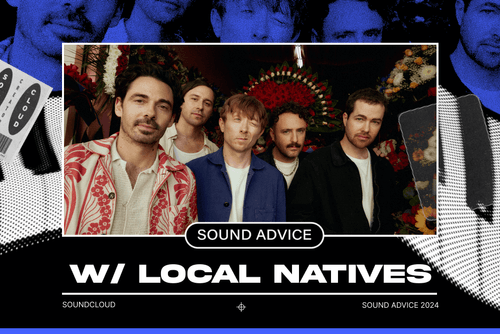



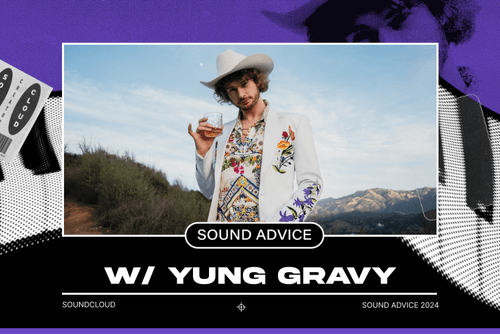

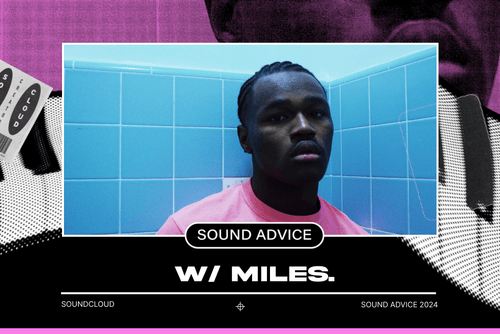
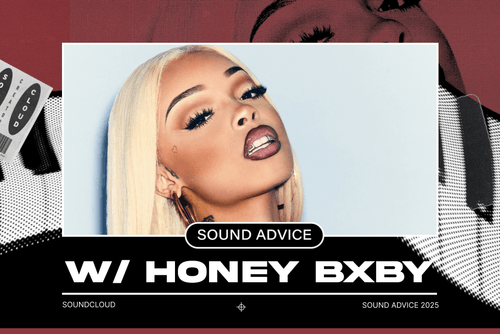
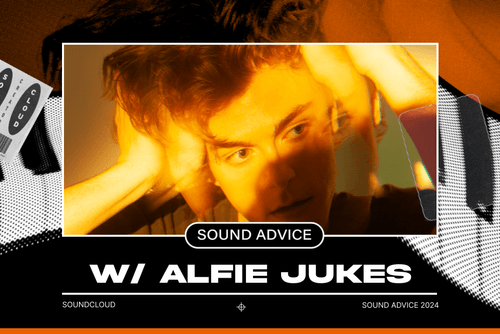

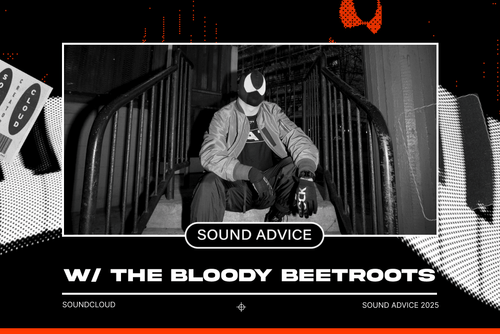
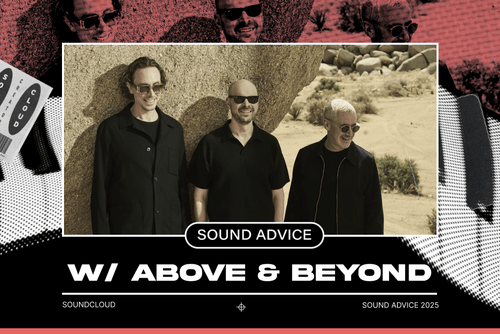




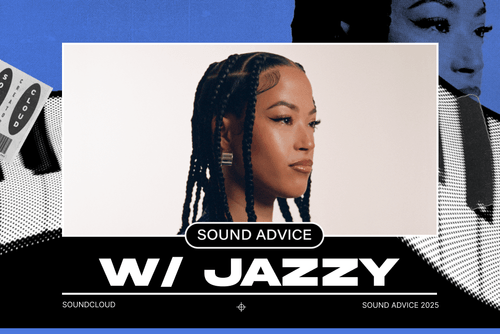

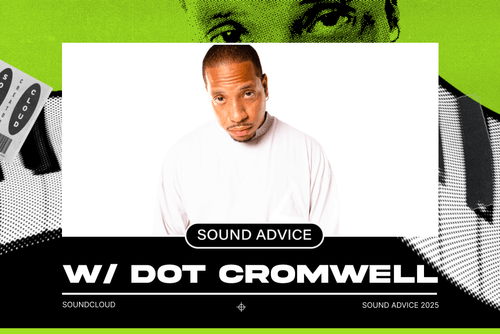

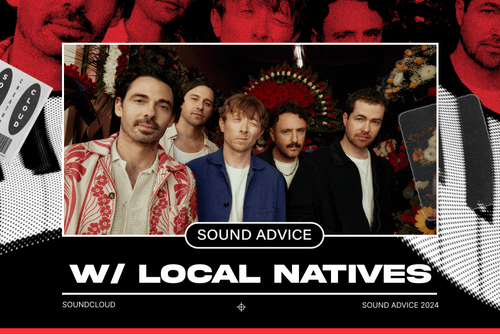

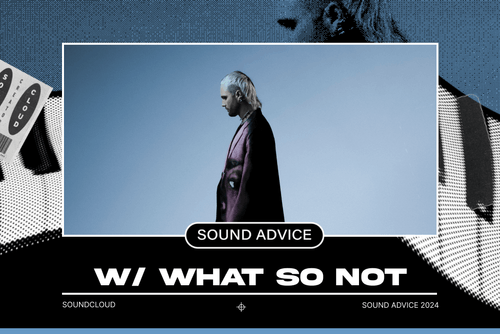
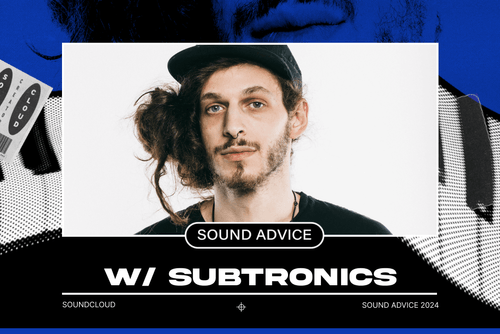

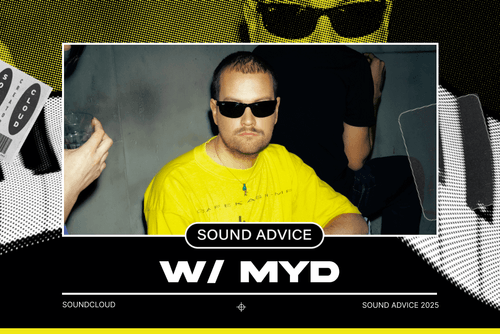
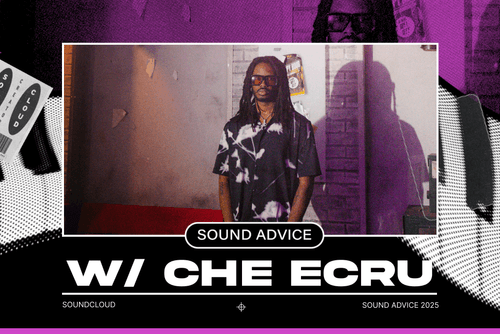

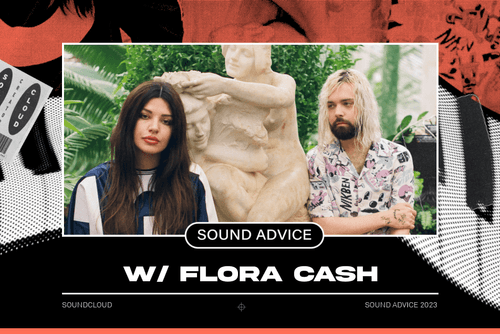
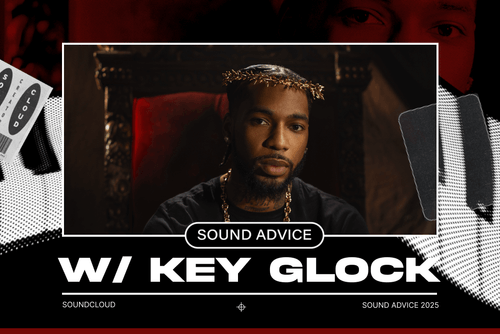
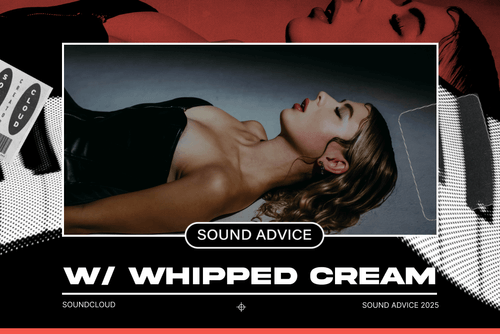
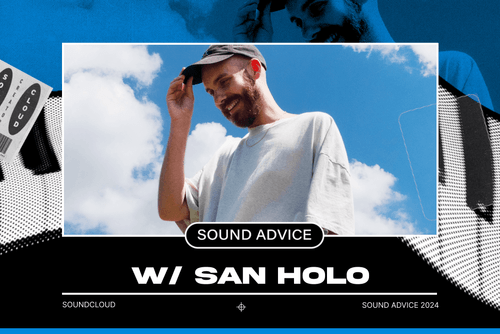


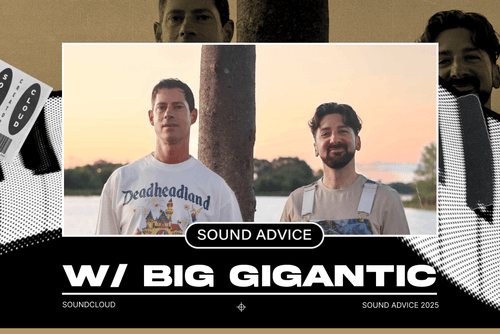


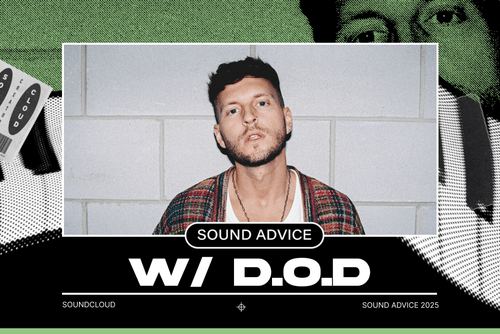

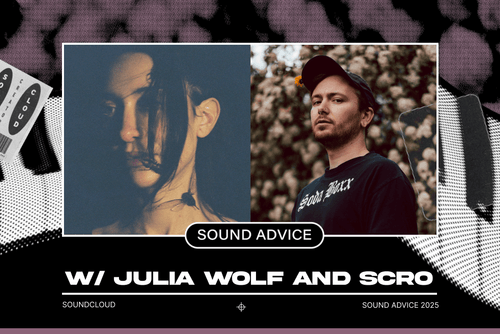



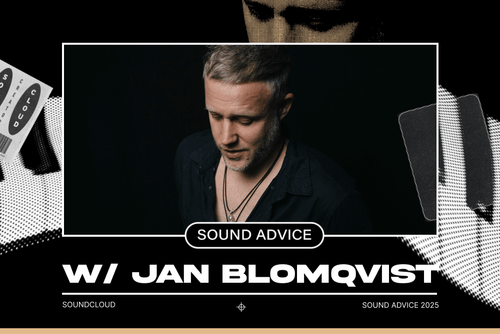

-p-500.png)
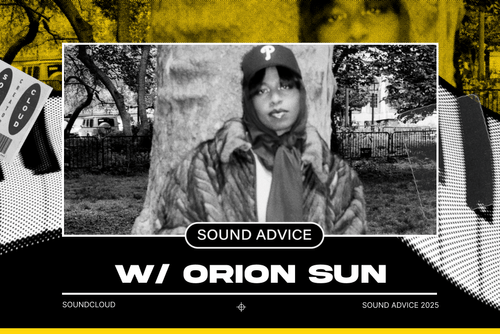
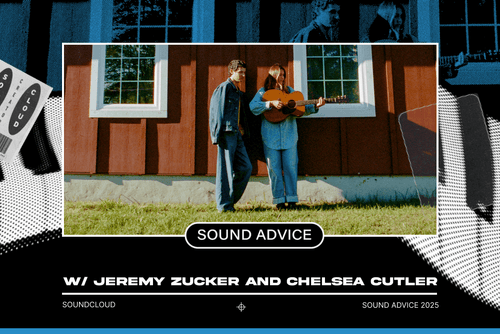
-p-500.png)
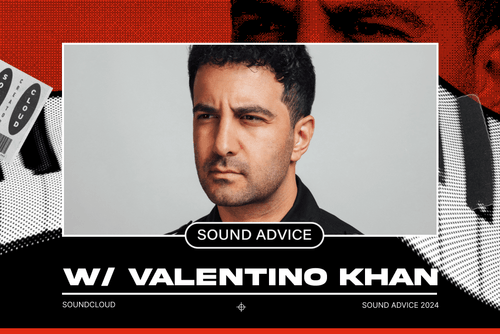
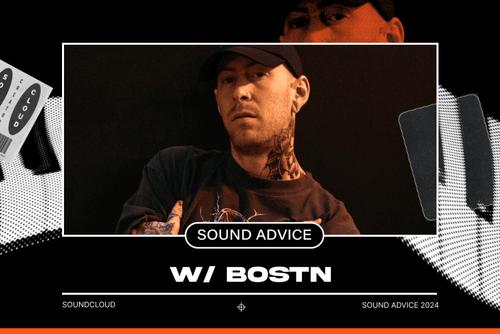
-p-500.png)

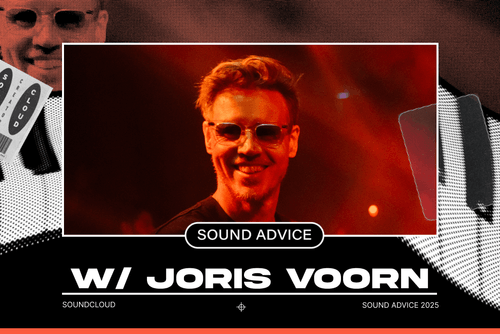
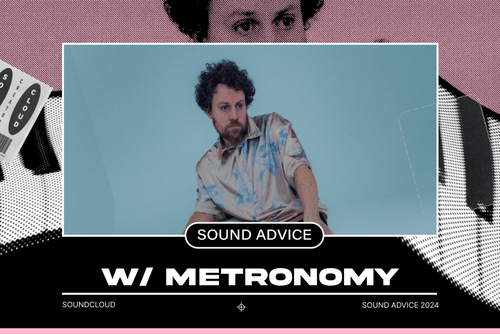


-p-500.png)

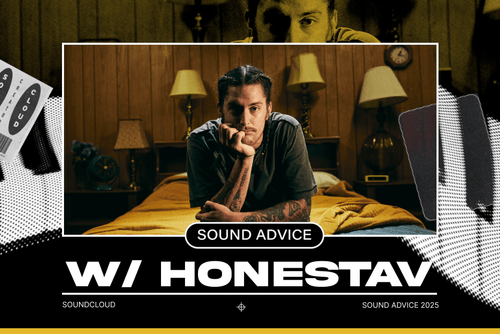

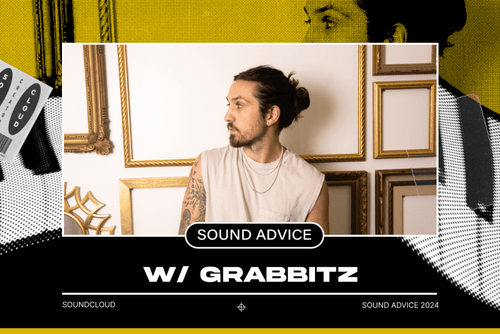
-p-500.png)
-p-500.png)


